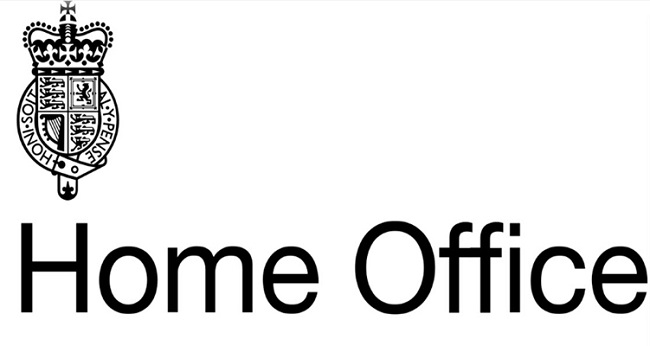In the year ending September 2017, 27,565 people entered detention (of which 813 entered through prisons). This was a decrease of 7% compared with the previous year (29,758). From July 2017, the figure additionally includes a small number of individuals who entered immigration detention in prison and have not been transferred to the rest of the detention estate.
Over the same period, there was an 8% decrease in those leaving detention (from 30,210 to 27,809). From July 2017, the figure additionally includes a small number of individuals who left detention in prison who had not previously entered the rest of the detention estate.
As at the end of September 2017, excluding those in prison, there were 3,125 people in detention, a 4% increase on the number recorded at the end of September 2016 (2,998). Provisional data show a further 330 detainees were held in prisons.
The proportion of detainees being returned or voluntarily departing the UK on leaving detention increased from 46% in year ending September 2016 to 48% in the year ending September 2017.
The total number of enforced returns from the UK, including those not directly from detention, decreased by 1% to 12,560 in the year ending September 2017 compared with 12,707 in the previous year. This includes 10,397 enforced removals and 2,163 other returns from detention. In the same period, there were 20,691 voluntary returns (excluding returns from detention).
Of the 12,560 enforced returns in year ending September 2017, there were 2,373 enforced returns of people who had previously sought asylum, down 15% from the previous year (2,792).
In the year ending September 2017, provisional data show that 5,990 Foreign National Offenders (FNOs) were returned compared to 6,134 in the previous year. (see Returns table rt_06q (Returns volume 5)). This number reached a peak of 6,346 in the year ending March 2017.
This section provides an overview of emerging trends on individuals held in immigration detention (solely under Immigration Act powers) for a variety of reasons, including reasons within and outside the control of the Home Office. These figures show only those detained in immigration removal centres (IRCs), short-term holding facilities (STHF), pre-departure accommodation (PDA) and H M Prisons (from July 2017). Changes have now been made on the Home Office systems from mid-2017 onwards that have resulted in statistics on detention of immigration detainees in prisons now being fully incorporated into figures for detention of immigration detainees.
The majority of those recorded as entering immigration detention through prisons will subsequently be transferred to an IRC or STHF prior to removal. Previously these individuals would have been recorded as entering immigration detention in an IRC or STHF at the point of their transfer from prison. However, a small number of those entering immigration detention through prisons will not go on to enter the immigration detention estate (for example, because they are removed from the UK directly from prison and are not held at any point in the immigration detention estate). These individuals would not have previously been recorded in the figures.
Where an individual recorded as leaving immigration detention through prison had previously been detained in another part of the immigration detention estate, they would previously have been recorded as leaving that part of the detention estate. Those recorded as leaving immigration detention through prison, who had not been detained in another part of the estate, would not previously have been included in the figures.
Data on the number of individuals held in HM prisons under immigration powers at the end of the period are included in the detention tables for the first time. These data include time served foreign national offenders (FNOs), those formerly on remand, and those unsuitable to be held in the immigration detention estate. Previous releases have cited data for England and Wales only, provided by the National Offender Management Service (NOMS). As the NOMS data come from a different system to the Home Office data, the figures are not directly comparable. The data in this section should be considered provisional while the Home Office continue to make improvements to the process that captures the data. See the User Guide for more details.
In addition, figures in this section relate to returns of people, by the Home Office, who do not have any legal right to stay in the UK.
Source: Home Office Statistical Release, http://bit.ly/2w6UVf7
